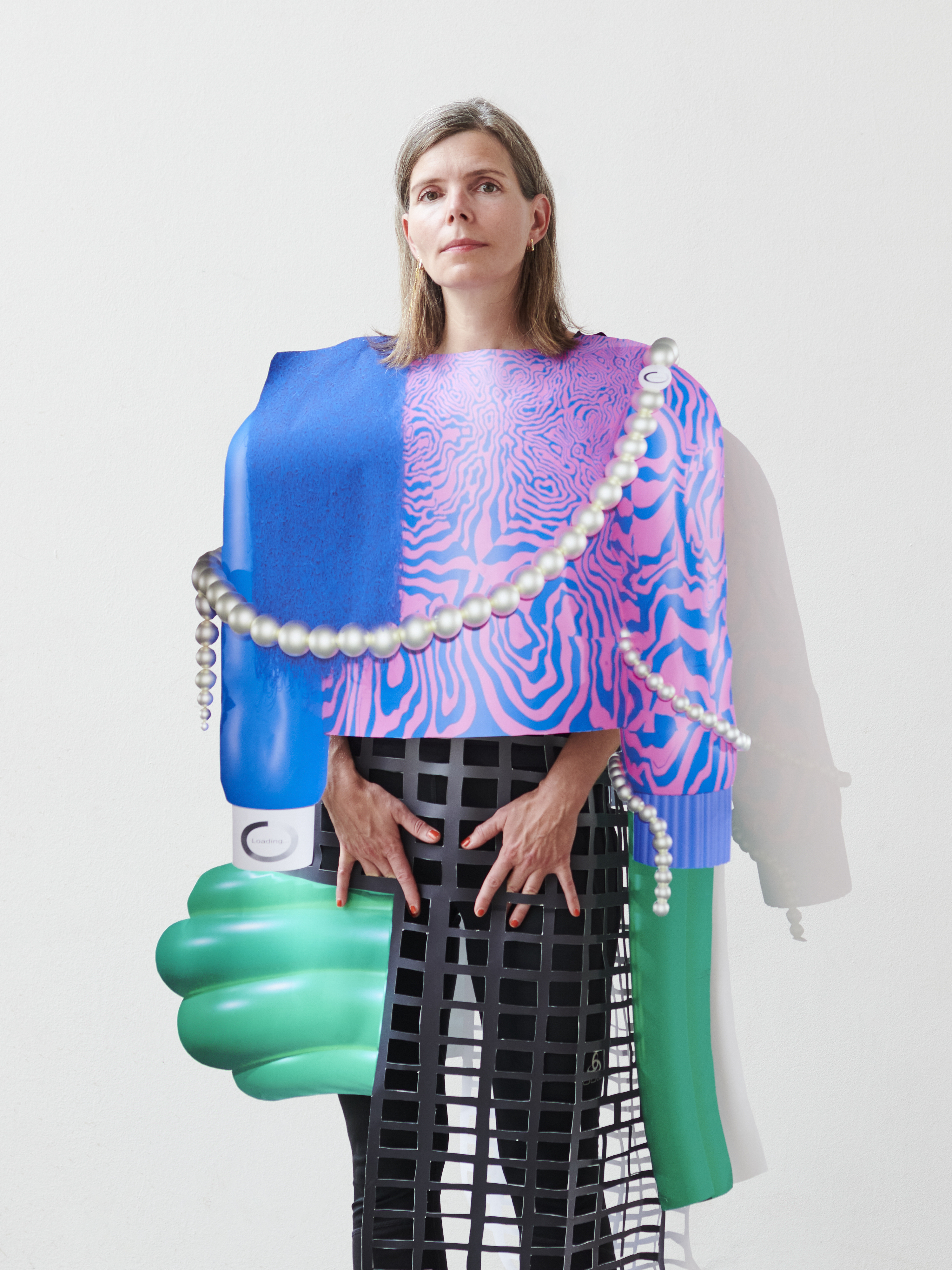DARC Distinguished Lecture: Olia Lialina - Beautiful Zeros and Ugly Ones
The new Digital Aesthetics Distinguished speaker series starts in November in a Friday lecture with renowned artist Olia Lialina.
Info about event
Time
Location
Kunsthal Aarhus, J. M. Mørks Gade 13, 8000 Aarhus

Beautiful Zeros and Ugly Ones
We are excited to announce Olia Lialina as the first Digital Aesthetics Distinguished Speaker. Lialina is a renowned international pioneer of net.art whose work has had a major impact on the creative and critical discussions of digital culture since the 1990s. Lialina will talk in Aarhus about Beautiful Zeros and Ugly Ones reflecting on questions of automation and new media design & art.
After Lialina’s talk we will celebrate at the Kunsthal Aarhus with the traditional Fredagsbar.
Lialina’s visit and the new annual Distinguished Speaker series is organized by the Digital Aesthetics Research Centre (https://darc.au.dk/). It is hosted by Kunsthal Aarhus and supported by the Cultures and Practices of Digital Technologies research program as well as the department of Digital Design and Information Studies at Aarhus University. For further information and press queries, contact DARC director Jussi Parikka (parikka@cc.au.dk )
Attendance is free and open to all but we encourage to register using this link:
https://billetto.dk/e/digital-aesthetics-distinguished-speaker-olia-lialina-billetter-866818
Olia Lialina
Beautiful Zeros and Ugly Ones
Two big intentions have been occupying the minds of new media designers and artists for several decades: dedigitalization (humanization) of computers and manifestation of digital matter. They exist in parallel to each other, but aiming in opposite directions.
The first is about making life with computers easy, and computers themselves invisible. Users’ relations with computers should be “intuitive”. Interaction should not be distinguishable from “natural” experiences, software and hardware should fade into the row of pre-digital objects. Another is driven by the idea to show zeros and ones in all their glory. Designers and artists are looking for ways to expose code, to contextualize artifacts of everyday digital culture, to transfer immaterial into tangible.
Both paradigms had a great impact on contemporary art and design practices, their language, idioms and stereotypes. And today, when automation (usually referred to as AI) is taking over conceptual and aesthetic decisions formerly made by humans, one can observe how both efforts: hiding and celebrating the digital – merge.
Bio
Olia Lialina is among the best-known participants in the 1990s net.art scene – an early-days, network-based art pioneer. Her early work had a great impact on recognizing the Internet as a medium for artistic expression and storytelling. This century her continuous and close attention to Internet architecture, “net.language” and vernacular web has made her an important voice in contemporary art and new media theory. Lialina is credited with founding one of the earliest web galleries, Art Teleportacia. She is cofounder and keeper of One Terabyte of Kilobyte Age archive, author of Digital Folklore (2009) and Turing Complete User (2021), professor at Merz Akademie in Stuttgart, Germany; and an animated GIF model.
